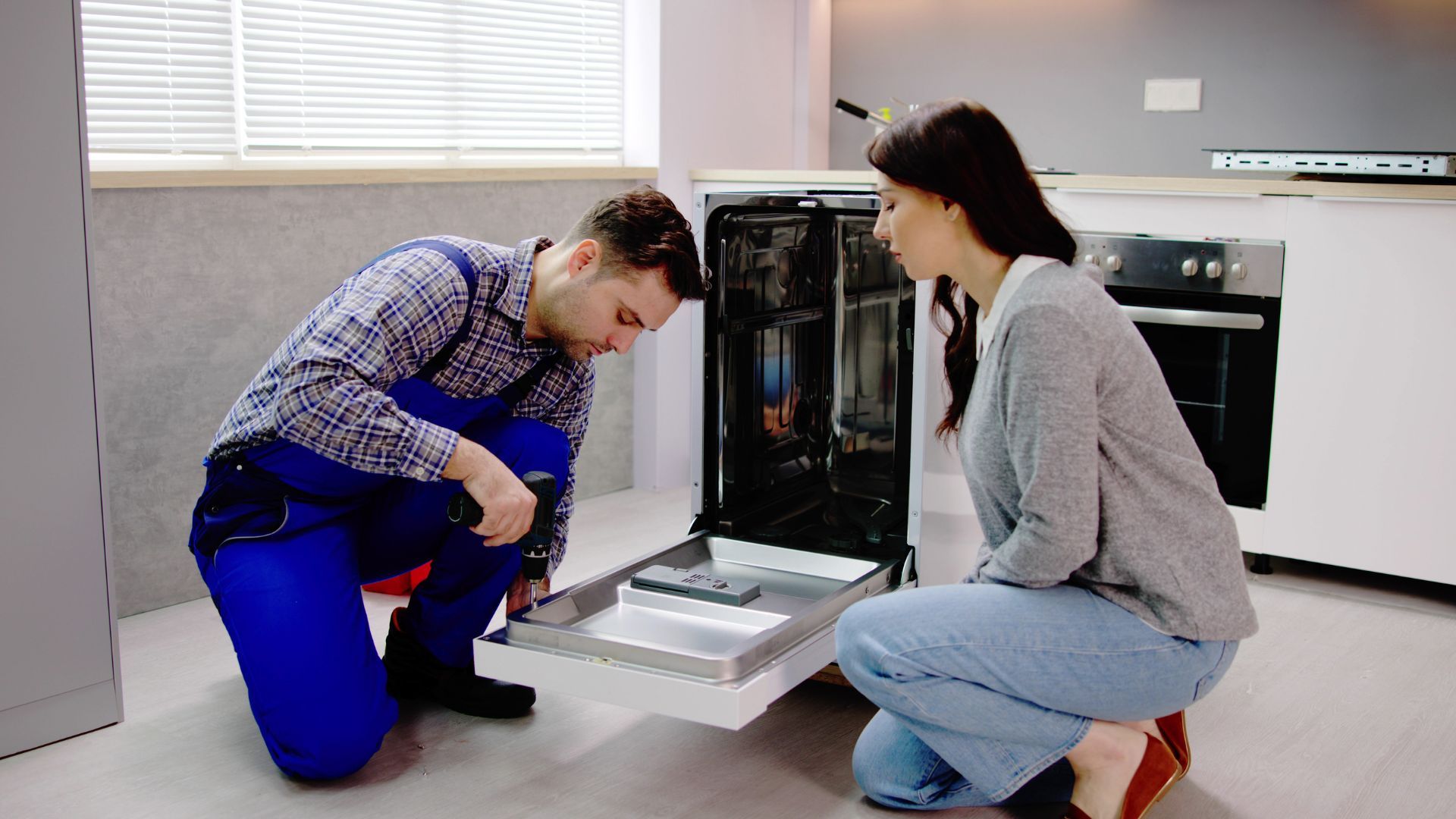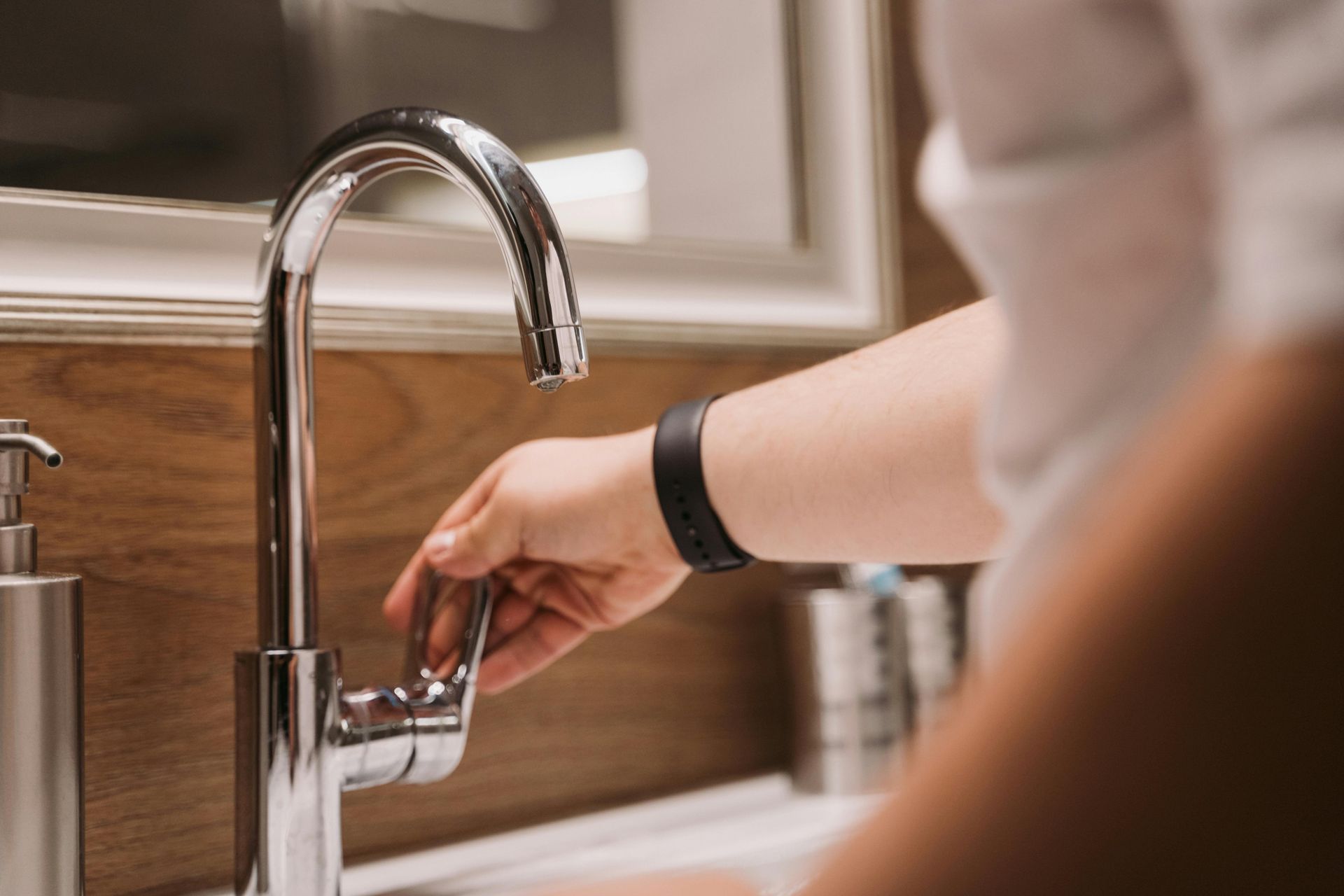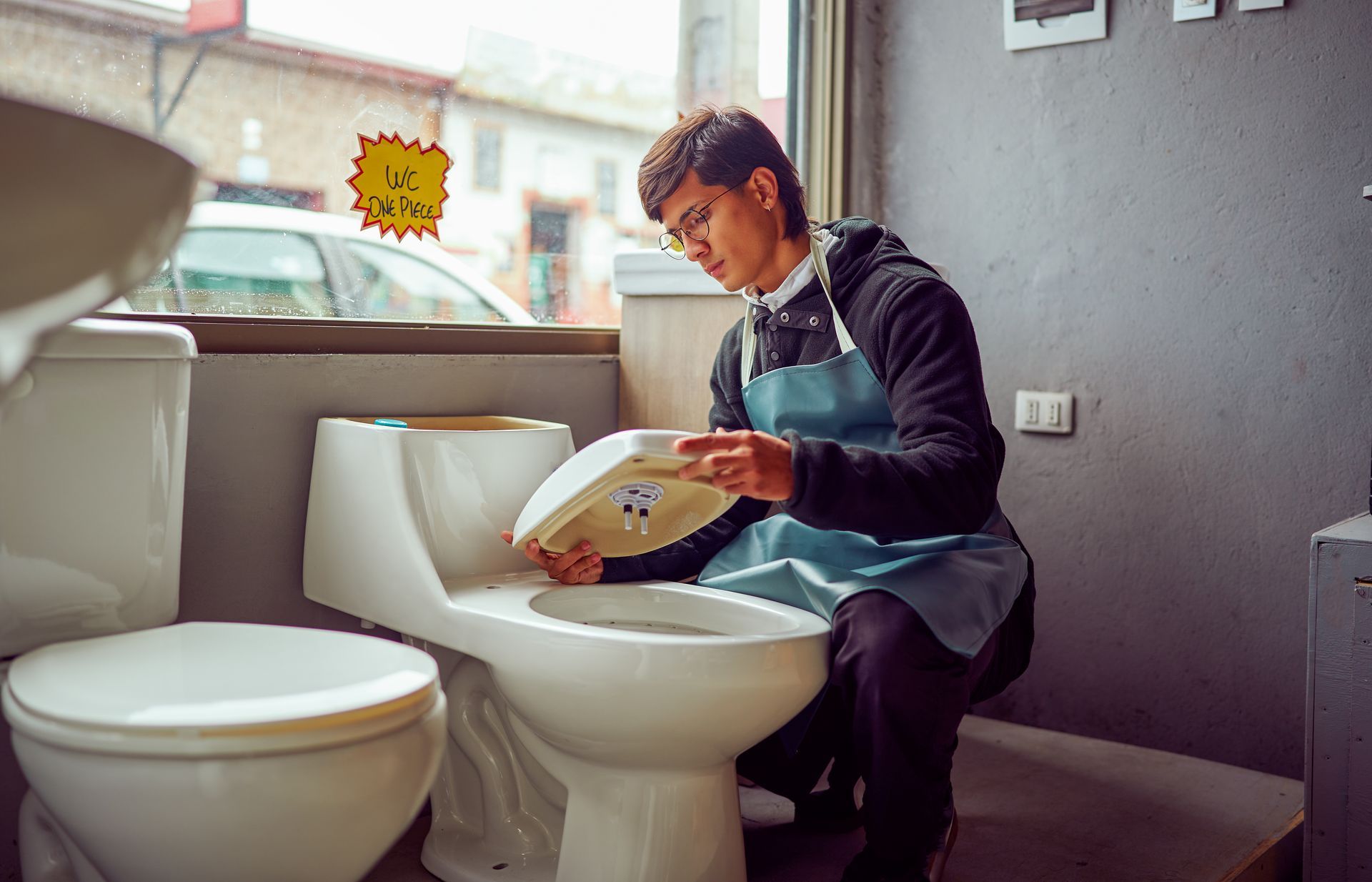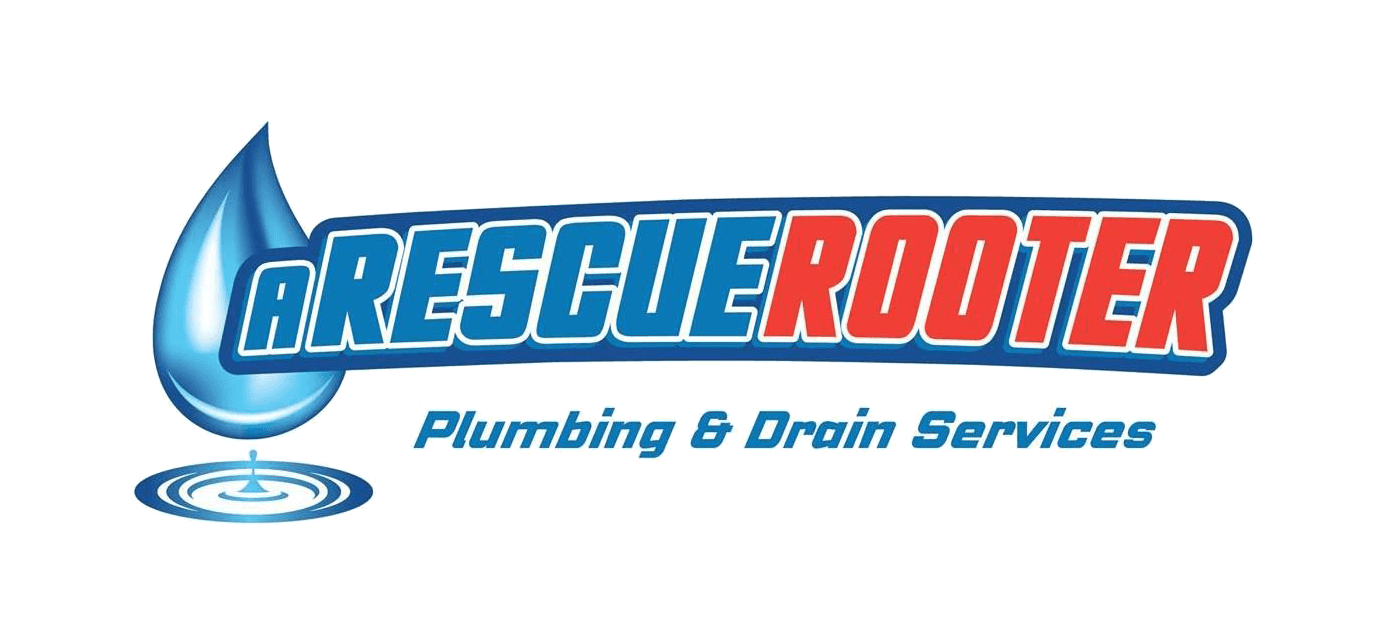What Does a Plumber Need You to Know
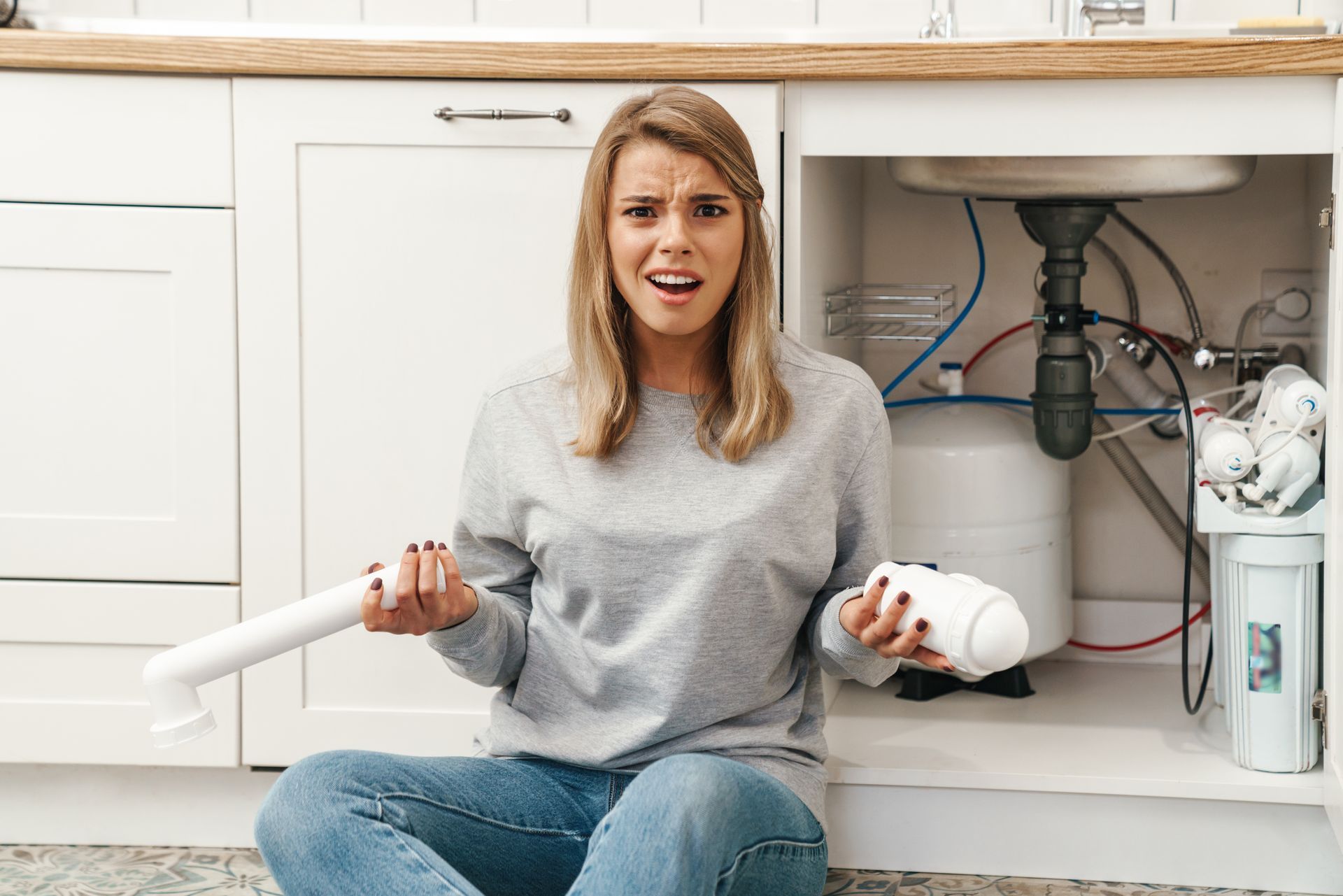
Plumbers often wish homeowners knew a bit more about the basics of plumbing to prevent common mishaps that can lead to serious issues and costly repairs. First and foremost, it’s crucial to understand what can and cannot be flushed down the toilet. Only human waste and toilet paper should go down; anything else risks clogging the system. Secondly, homeowners should be aware of the location of the main water shut-off valve.
In case of emergencies, such as a major leak, knowing how to quickly turn off the water supply can minimize water damage. Lastly, regular maintenance is key to a healthy plumbing system. Simple actions, like using hair catchers in drains and avoiding pouring grease down the kitchen sink, can prevent blockages and maintain the integrity of your pipes.
Another valuable tip that plumbers wish homeowners understood is the importance of not ignoring minor leaks or drips. What may seem like a small issue can rapidly escalate into a larger problem, leading to significant water loss and increased utility bills. It's better to address these issues promptly rather than waiting until they worsen.
Additionally, familiarizing yourself with some basic plumbing tools can be incredibly beneficial. Knowing how to use a plunger for minor clogs or a wrench to tighten a loose pipe can save a call-out fee for simple fixes. However, it’s essential to recognize when a problem is beyond your DIY skills. Attempting complex repairs without the proper knowledge can result in further damage. When in doubt, it's always best to consult a professional plumber.
Should I Prepare for a Plumber's Visit?
Absolutely, preparing for a plumber's visit can significantly streamline the repair process and ensure a smoother experience. First, ensure clear access to the problem area by moving any furniture or household items that might obstruct the plumber’s path. This not only facilitates a quicker repair but also prevents any accidental damage to your belongings. Secondly, it's helpful to have a list of observed issues and any attempted fixes ready to discuss.
Providing detailed information can aid the plumber in diagnosing the problem more accurately and efficiently. Additionally, consider shutting off the water supply if the issue involves leaks or overflowing water to mitigate any potential damage before the plumber's arrival. Lastly, preparing questions or concerns in advance can maximize the benefit of the professional’s visit, ensuring all your plumbing needs are addressed.
Understanding the cost and time estimates upfront can also alleviate much of the stress associated with plumbing repairs. Before the plumber begins work, request a clear explanation of the charges, including any potential costs for parts and labor. The plumbers at A Rescue Rooter will be more than happy to explain their work and expected charges with you. This transparency helps in setting realistic expectations and ensures there are no surprises when it’s time to settle the bill.
It’s also sensible to ask about the estimated duration of the job. Some repairs might be quick fixes, whereas others could take several hours or necessitate a follow-up visit. Knowing this in advance allows you to plan your day accordingly. Additionally, inquire about warranties or guarantees on the work performed. A reputable plumber will stand behind their work and offer assurances that if issues arise post-repair, they will be addressed. This level of service guarantees peace of mind, knowing that the investment in your home’s plumbing is protected.
For
any plumbing needs, the professionals at A Rescue Rooter in Hamilton are here to help 24/7. They won’t even charge a premium for an emergency. 905-521-8284
